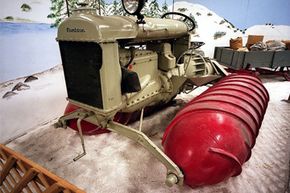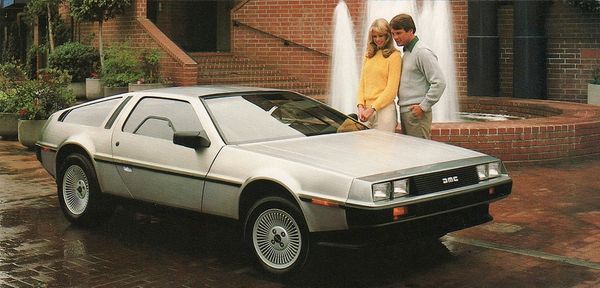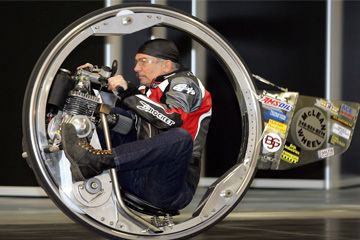Screw-drive vehicles have one feature in particular that stands out to give them their strange appearance. Instead of wheels, they're outfitted with a pair of large, long cylinders with screw-like threads running the length of each.
Atop the cylinders sits the driver's and passenger seating area or compartment, along with some type of engine. The engine itself is mated to the screw cylinders by shafts or chains or other mechanical means to turn them in counter-rotating directions. By making the screws turn in opposite directions from one another, the vehicles can achieve forward (or backward) motion. If turned in the same direction, the screws propel the machine sideways.
These vehicles work on a principle called Archimedes Screw. It basically holds that, by wrapping a plane (flat surface) around an enclosed pole on an incline and rotating that assembly, you can move liquids or loose materials -- "suspended solids" -- upward, against the force of gravity. It has been thought that such devices were used to water the famed hanging gardens in ancient Babylon. Today they're used for irrigation, for draining submerged areas so that they can be used as land and for moving semi-solids, like grain…or even sewage!
While not completely immersed in mud, snow, or water, screw-drive vehicles are able to push enough of the material to attain motion. So it's something of an Archimedes Screw in reverse. As a bonus, since the cylinders are hollow, they can also act as floats.
To control a screw-drive vehicle, an operator applies more power to either the left or right screw, depending on which direction the driver wants to turn. Screw-drive vehicles can even be made to scuttle sideways, like a crab.
While they may be remarkable works of engineering, let's face it, the screw-drive vehicles invented thus far are likely not going to be winning any automotive beauty contests. From the utilitarian Armstead Snow Motor, which was based on a Fordson farm tractor, to the Soviet-era ZiL-29061, these beasts were built to survive in environments that were wet, sticky, impassable to other vehicles and perhaps even a bit gross. So on each of these unique vehicles, the designers seemed willing to sacrifice good looks for ruggedness.
Keep reading to learn about some of the more noted screw-drive vehicles of the past century.






